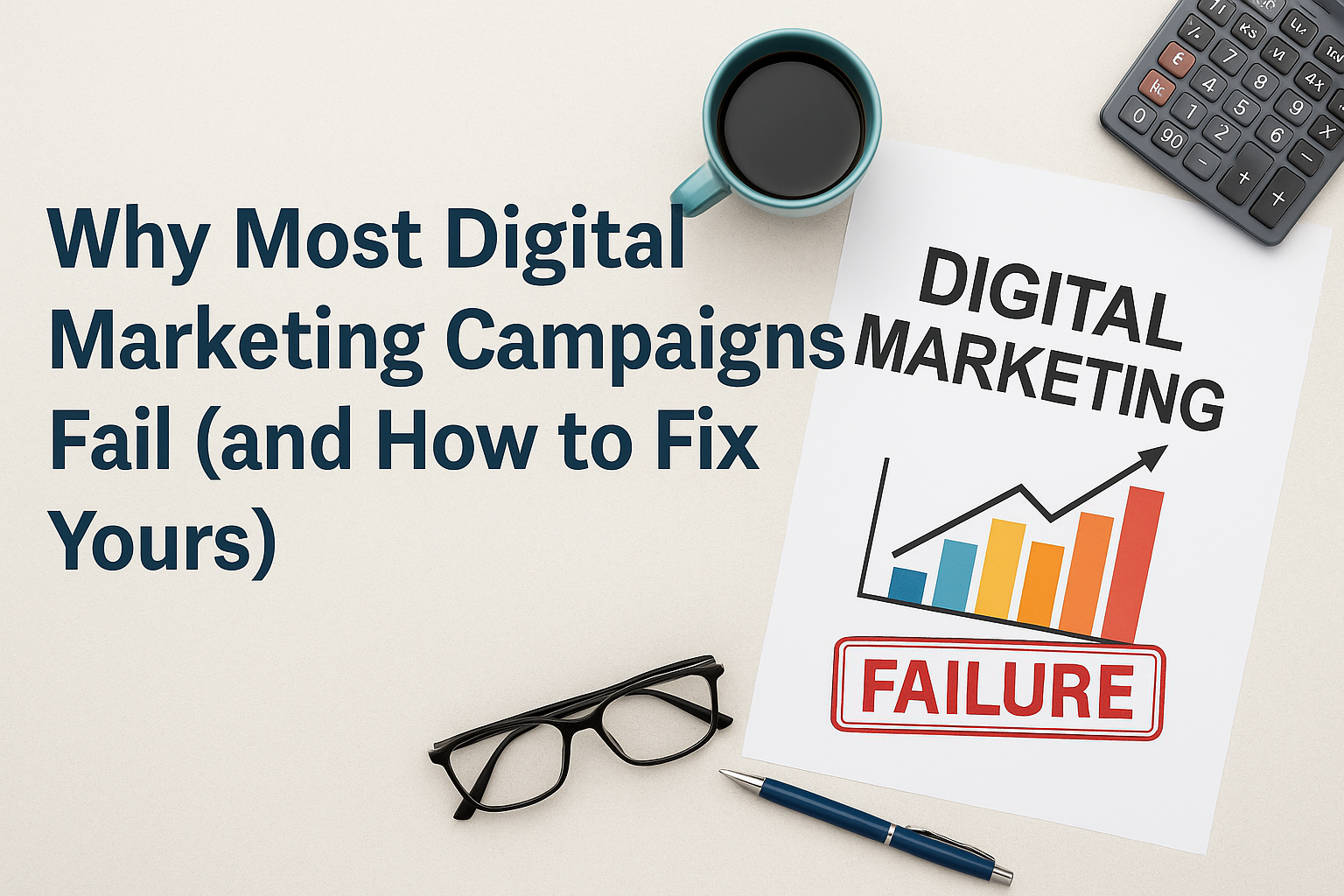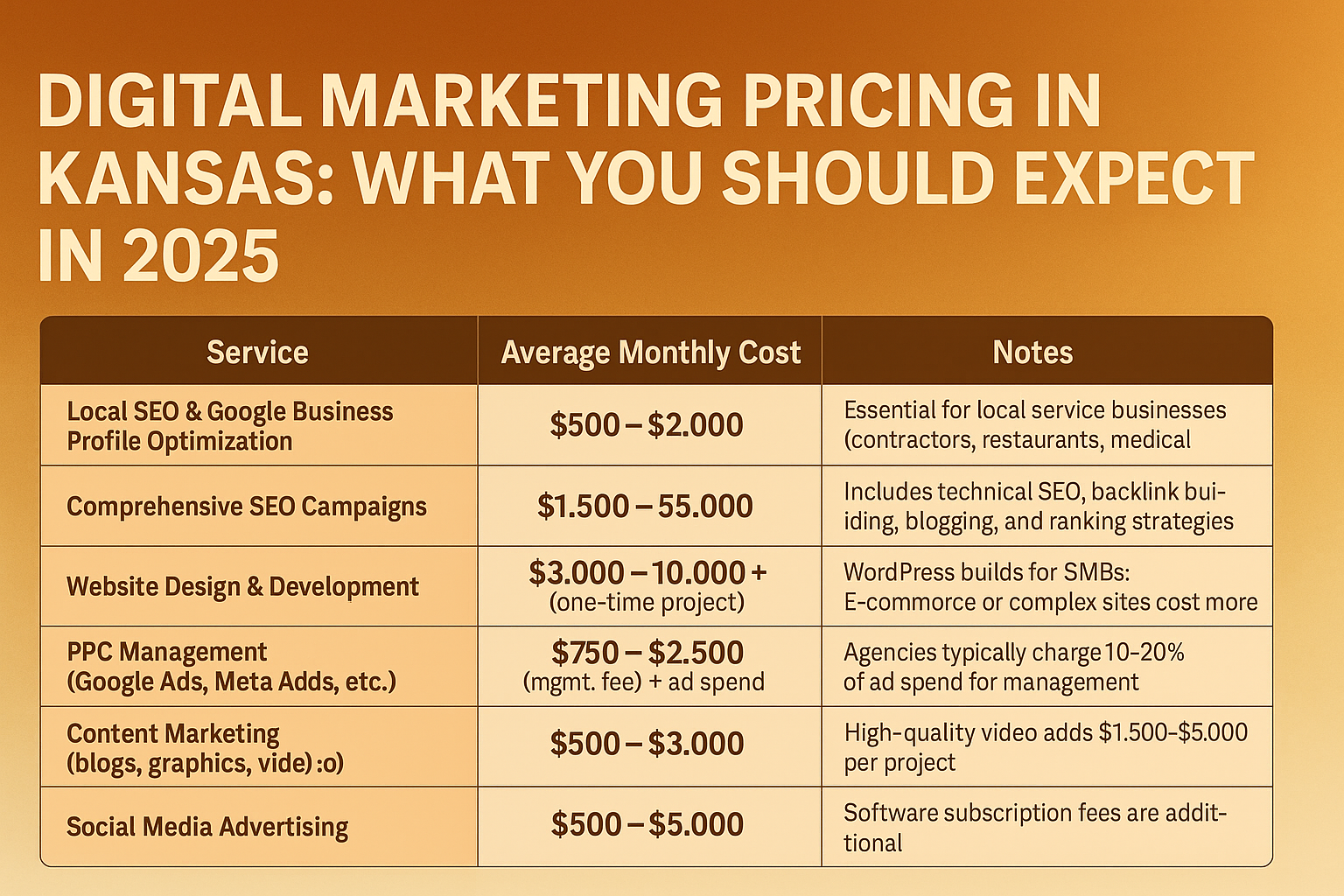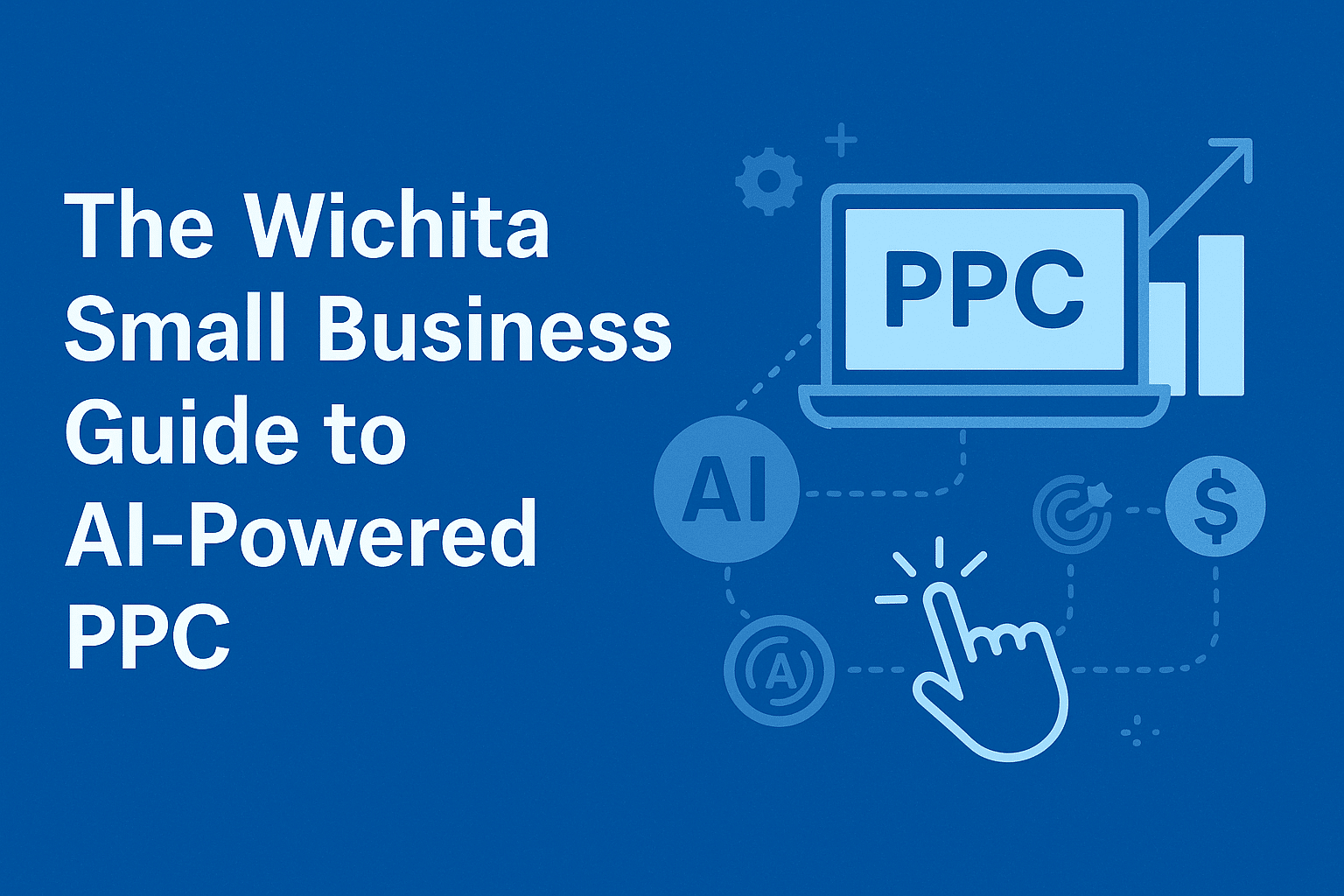Do you want to lose web traffic? If you aren’t up to date with your SEO, then you already are. Search Engine Optimization is crucial for the success of any website. It is important to remain up to date on changes to algorithms, and with standards expected of new websites. It is also important to make sure that your content is optimized specifically for search engine results.
Two key tools in achieving higher rankings are the appropriate use of keywords and links. If you can properly keyword your articles and content, then you can easily match your website with search terms that users are looking for. When links are placed appropriately, you can increase the relevancy and reliability of your website across the board. To ensure that you take the proper approach to keywording and linking, follow the tips outlined in the article below. By adhering to these standards, you can ensure the consistency of your site with search engines and increase the flow of traffic of potential new customers and clients.
Keywording
Keywording isn’t just about baiting your reader. Keywords can be used to iterate the main idea of an article, yes, but they serve a much greater purpose. Keywords can be used to reiterate the main idea and reinforce its significance by displaying a similar word or phrase repeated throughout the document. They can also be used to target specific search words or search phrases as they relate your content to what users are seeking.
When selecting keywords for your articles, it is important to keep these reasons for using keywords in mind. It is also important to understand that while some keywords will come up organically in your writing, they should also be inserted deliberately. Your main idea should be clear in the introduction and should be peppered throughout your article in order to keep everything in line thematically. Remember that your content needs not only to be useful but also to appeal equally to search engines and users. When selecting keywords, keep the following three items in mind: choice, frequency, and complexity.
Keyword Choice
Keyword choice is the backbone of keywording for your article. Improper keyword choice can lead to poor results and irrelevant content. Proper keyword choice can lead to exceptional results and content that is relevant to both users and search engines. Choose your keywords carefully and intentionally, and you will find yourself already set on proper keyword choice.
When choosing keywords, you need to have a grasp on what your article is, or will be, about. It is helpful to select keywords before writing new content, and then to spread them throughout your article. However, you can also add keywords after the fact while revising and editing your content before publication. Whichever way produces higher quality writing for you is the appropriate route to take. Often, it is easy to write the article first, find out which keywords appeared organically, and then insert your other selected keywords through revision.
Keywords need to be relevant to what you are creating and what people are searching for. Do not worry about trying to force keywords in if they are not completely relevant to the sentence or paragraph in which they are placed. Rather, hone your content around the central ideas of the keyword, and choose keywords that either represent or encapsulate the content you are producing. It is often useful to use autofill results or Quora questions to determine what users are searching for. If many people are asking the same question on the internet, then answer that question and use the same language that they use in their question for your answer.
Keyword Frequency
After choosing appropriate keywords, it is equally important to pace them and space them out in both an appealing and effective manner. It might sound like a good idea to cram as many keywords into an article as possible, but that is not an effective means of SEO. While the logic of “more keywords results in greater attention from Search Engines” sounds correct, it is far from the truth. In fact, Search Engines regularly dock websites for overloading or cramming their content with keywords. Keyword spamming will fare poorly with Search Engines and visitors alike.
A good, general rule of thumb with keywords is to utilize them once every hundred words or so. This can also be done once every paragraph, depending on the amount of content and the quality of the keyword itself. Remember that keywords should help the article, they should never hinder it.
Keywords, when they appear, need to feel genuine. If your keyword feels disingenuous or is an obvious keyword from the start of the article, it may discourage readers from continuing to read through your content. Make sure that keyword occurrences are spread out enough so that the word or phrase is not constantly bombarding the user with its appearance.
An easy way to properly regulate keyword frequency is by crafting your keywords carefully. It is important to find an appropriate balance between being too complex and being too generic.
Keyword Complexity
Keywords must have a certain level of complexity, but they must also be universal or generic enough that people will search for the terms you are targeting. If your keywords are simple, short phrases, they are likely to have to compete with a greater number of other websites. This increased competition may hinder your own website’s growth, especially when competing with larger and more recognized competitors.
On the flip side, if your keyword is too complex, it may not be relevant to many user’s searches. If you have too specific of a keyword, it may be too specific. Finding the appropriate balance between being specific and being complex can be difficult, however, the Search Engines are a great place to research how to appropriate keyword your content.
If you are having trouble striking a balance that yields satisfactory search results, then look to your competitors. Utilize tools such as Google and Quora to view common searches and to see which keywords are being targeted the most. From there you can alter those popular keywords or add a few additional words that are relevant for your content.
When creating keywords, the complexity of the phrase comes from what makes your content specific to you. The generic element to creating a keyword comes from what other people are searching for.
For example, if your research finds that the phrase “cleaning company” is being searched for in your area, you can use that as a starting point. From there, tailor your content to match that phrase, while also setting your business apart. You can target specific aspects of search terms, such as “Cleaning Company Metro City” or “Local Quality Cleaning Company”. Remember that you don’t want these keywords to become rambling, but you want them to be succinct and relevant to what users are searching for and you are offering.
Linking
Linking is another crucial aspect of proper Search Engine Optimization and is similar to keywording. Both concepts are used to increase traffic and relevancy to your site. Much like keywording, there are simple steps to remember when adding links to your content.
Linking is a great way to verify any claims or to source quotes and facts. It is also a great way to promote additional websites and even additional content of your own. Linking can improve upon the content that you already have, as well as directing users to similar content that would be beneficial to them. In order to appropriately link within your content, there are three key items to keep in mind: link type, link frequency, and link choice.
Link Type
There are two primary types of links that we will discuss in this article. First, there are internal links. Internal links refer to links within your content that directs users to other content on your website. Second, are external links. External links are those that direct users away from your site and to other sources. Both internal and external linking is important for healthy SEO, but for different reasons.
Internal Linking
Internal Linking is important for promoting what your website has to offer. Internal links can be used to keep people on your website, which means they will be further exposed to your content and the entirety of what you have to offer them. The longer they remain on their initial visit, the likelier they are to return and to seek out more of your content.
It is important to spread internal links conservatively throughout your articles. Take care not to overwhelm the user with links in general, as well as links that only lead back to your site. Not only does this indicate a lack of credibility and diversity to the user, but this is also docked by search engines. A conservative number of internal links is encouraged by search engines and is also appealing to the user.
When setting internal links, make sure that they appear in a diverse manner across your content, and that they are not all bunched up within a single paragraph or content block.
External
External Linking is important for validating the content that your website has to offer, in addition to increasing its recognized relevancy. External links are a great way to direct users to other sources who are reiterating what you are saying. This helps users to verify and to trust the information that you are offering, as well as to increase the trustworthiness of your website and your business overall. External links can also be a great way to provide additional relevant information that is not available on your site. This is a great way to direct users to info that may not necessarily be on-brand with what you have to offer, but that can be applied to a specific article or content block that you do offer.
Much like internal links, it is important to spread external links throughout your content in a conservative manner. While it is highly beneficial to have external links peppered throughout your content, you do not want to overload the user with links. You also don’t want external links to greatly outnumber internal links. While it is important to have users directed to other relevant websites, you also want them to browse the additional content and offers that you have available.
Link Choice
When choosing links, the primary factor to keep in mind is relevancy. Does the article, website, or video that you are linking relate directly to the word or phrase that you are linking it to. When using links to verify information or to state credibility, it is generally easier to keep the links relevant. However, when linking to additional internal sources for other content, it can be easy to post links irrelevantly. Remember that linked content needs to be of the same topic or theme as the content it is linked to in your article.
Remember also to choose links from appropriate sources. Verified and popular sources such as Forbes, The New York Times, MSNBC, etc… can be a tremendous asset when linking for validation or verification. However, it is important not to overuse the types of sites, and it is okay to link to smaller websites when applicable. Keep your linked websites diverse by linking to a variety of sources, and make sure that you are familiar with the content you are linking to so as to ensure relevancy.
Link Frequency
Similar to keyword frequency, it is important not to overdo linking. A similar rule of thumb applies to linking as to keywords. Pepper your links about every hundred words or every paragraph, depending on what feels appropriate for your specific content. However, this doesn’t mean that links need to be at least one-hundred words apart, they can be closer together when needed. The main goal is not to overload the user with too many links too close together visually.
Recap
Keywording and Linking are two crucial aspects of Search Engine Optimization. Both concepts allow for your content to rank higher with search engines and to be discovered more easily by users. Remember to keep keywords relevant to your content, but broad enough to be a regular search term. Links should be relevant to your content and can either help validate or help push users towards other areas of your website. Remember to be conservative when placing keywords and links, don’t overload the user or the Search Engines with an unnecessarily high number of occurrences.




















